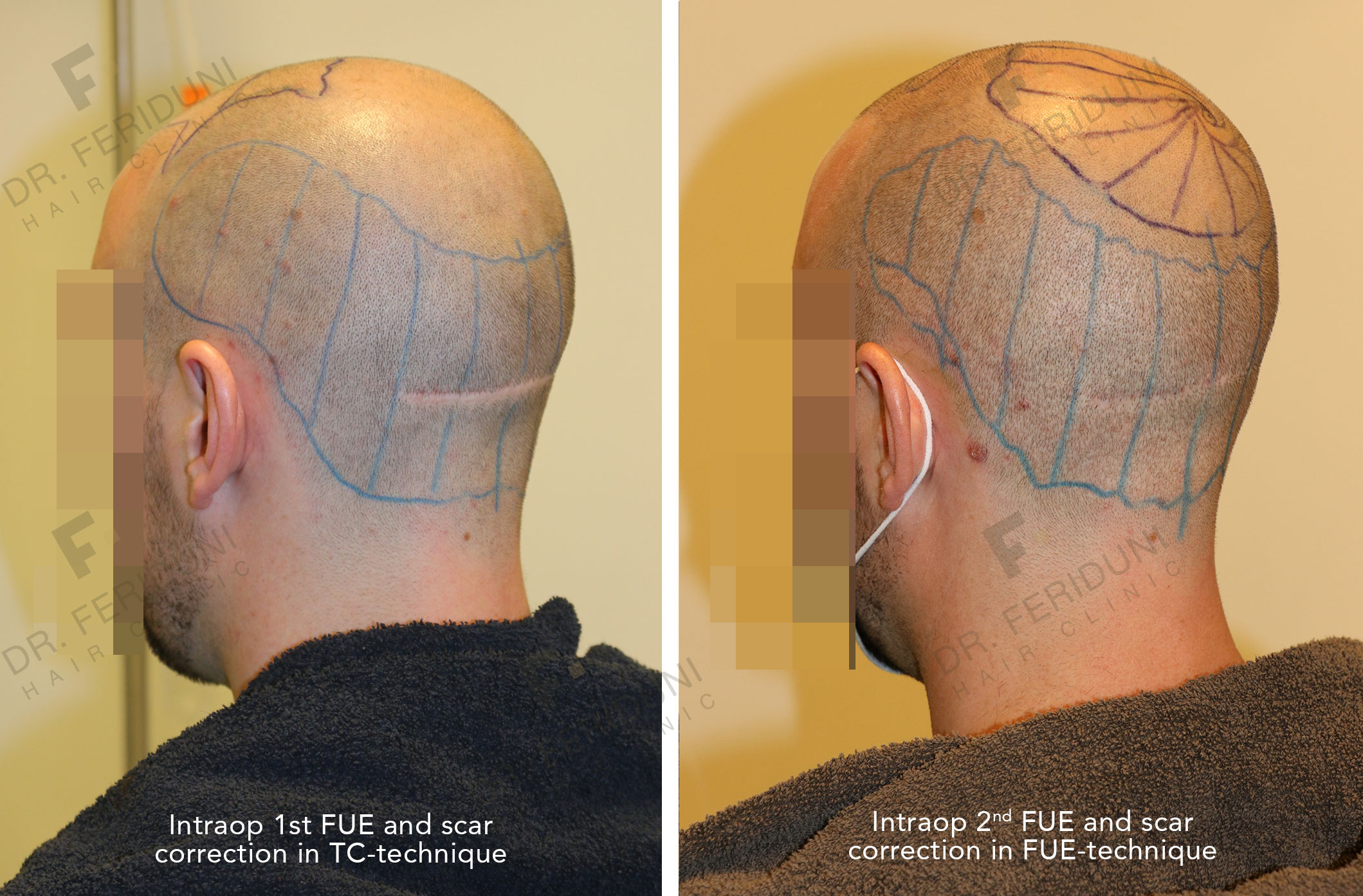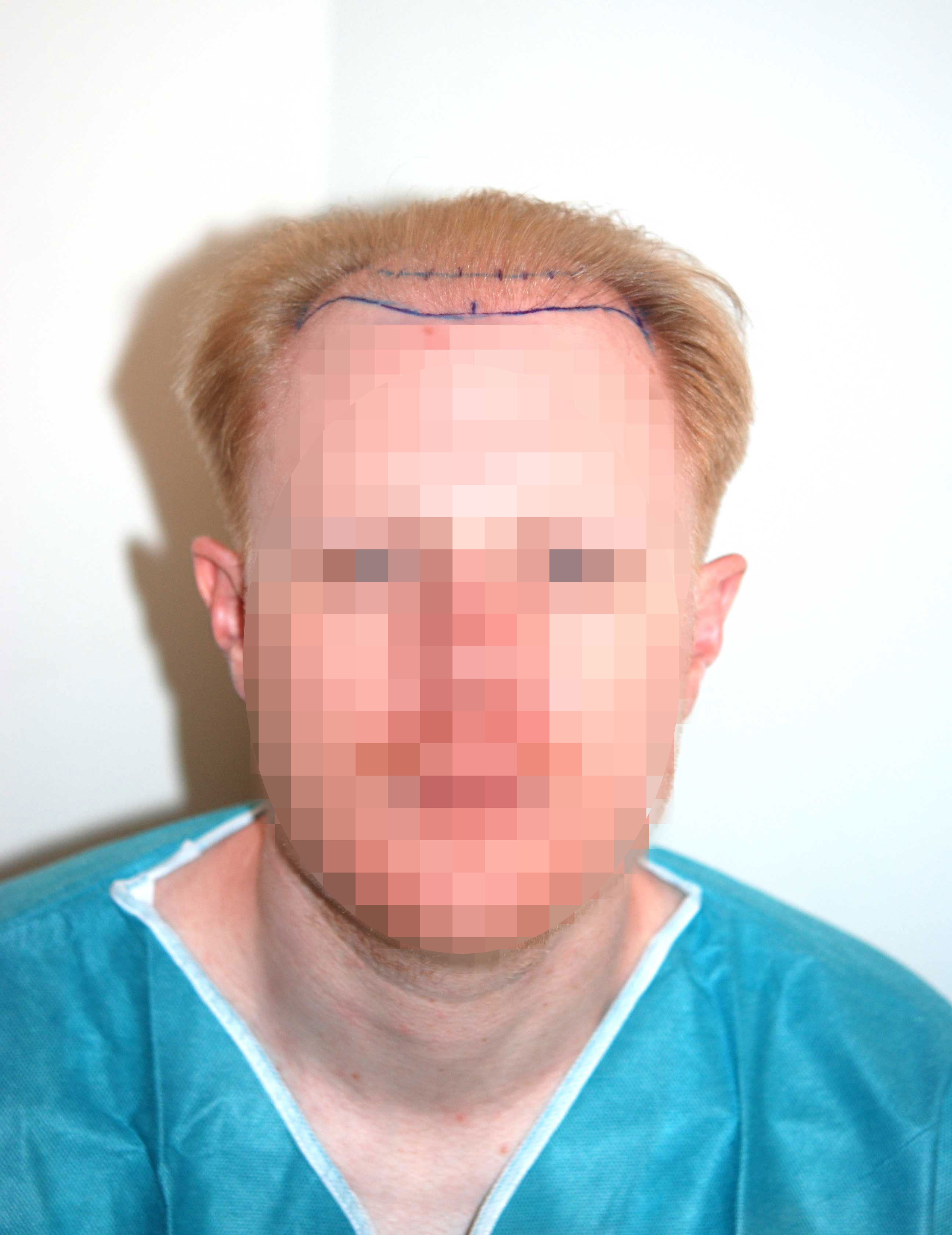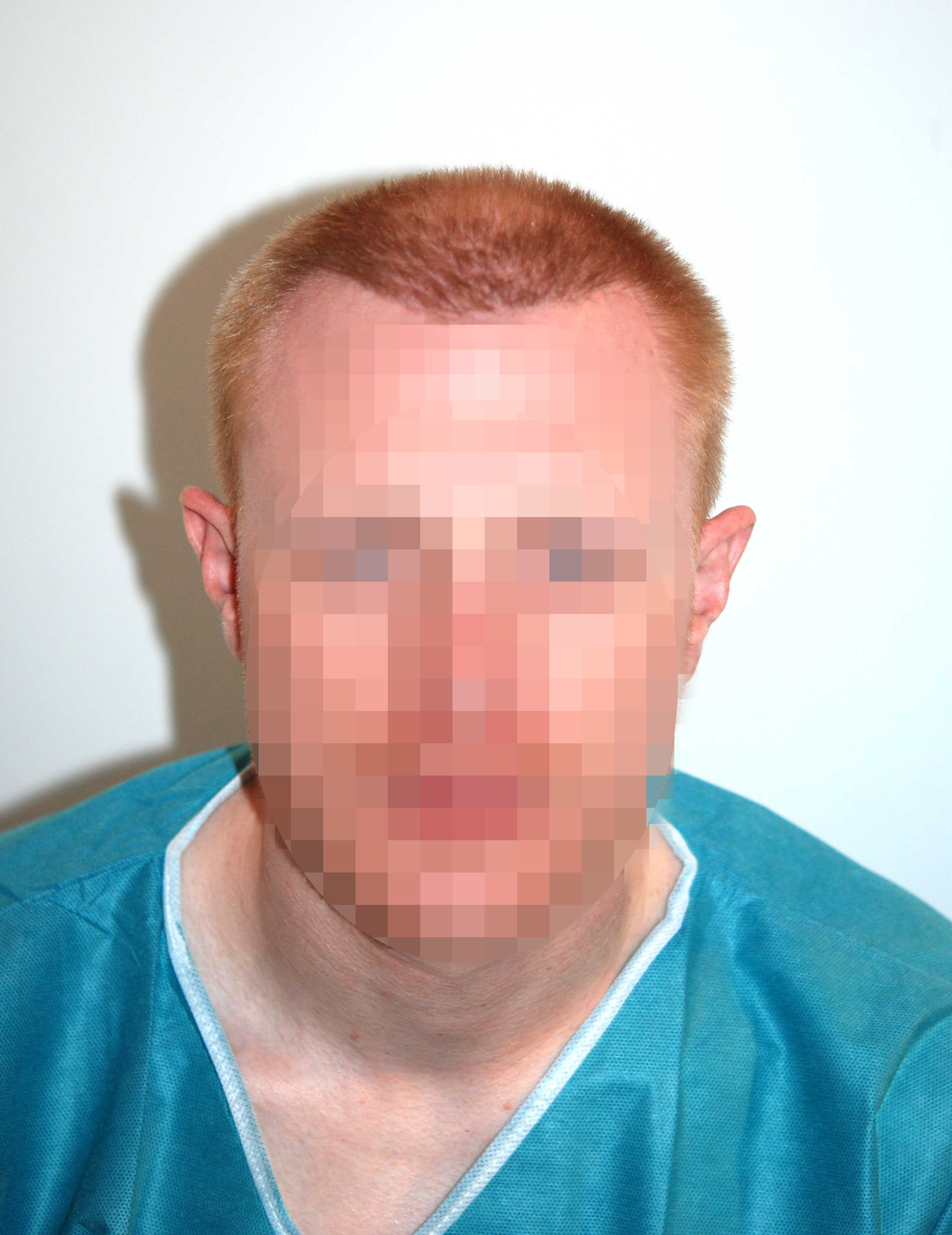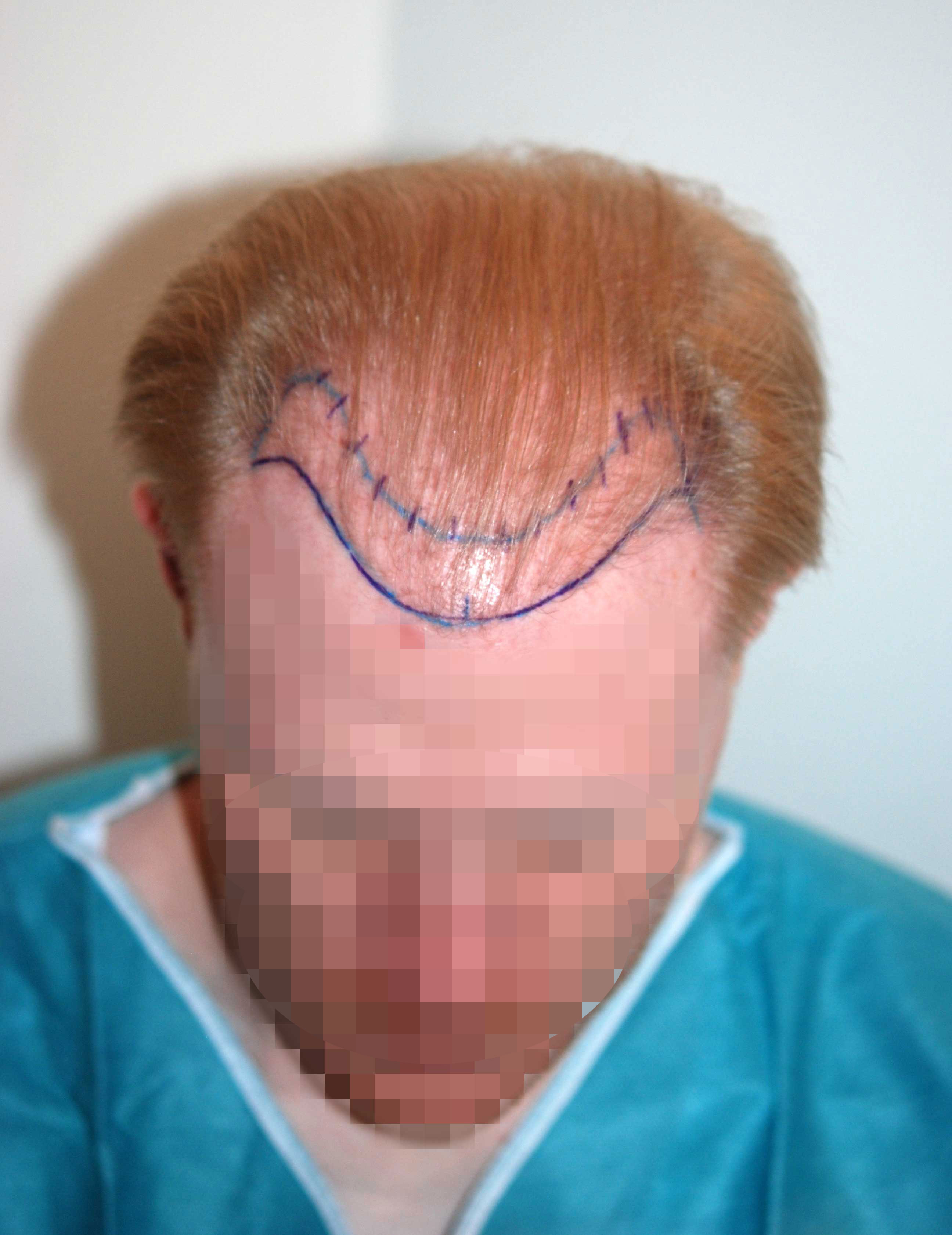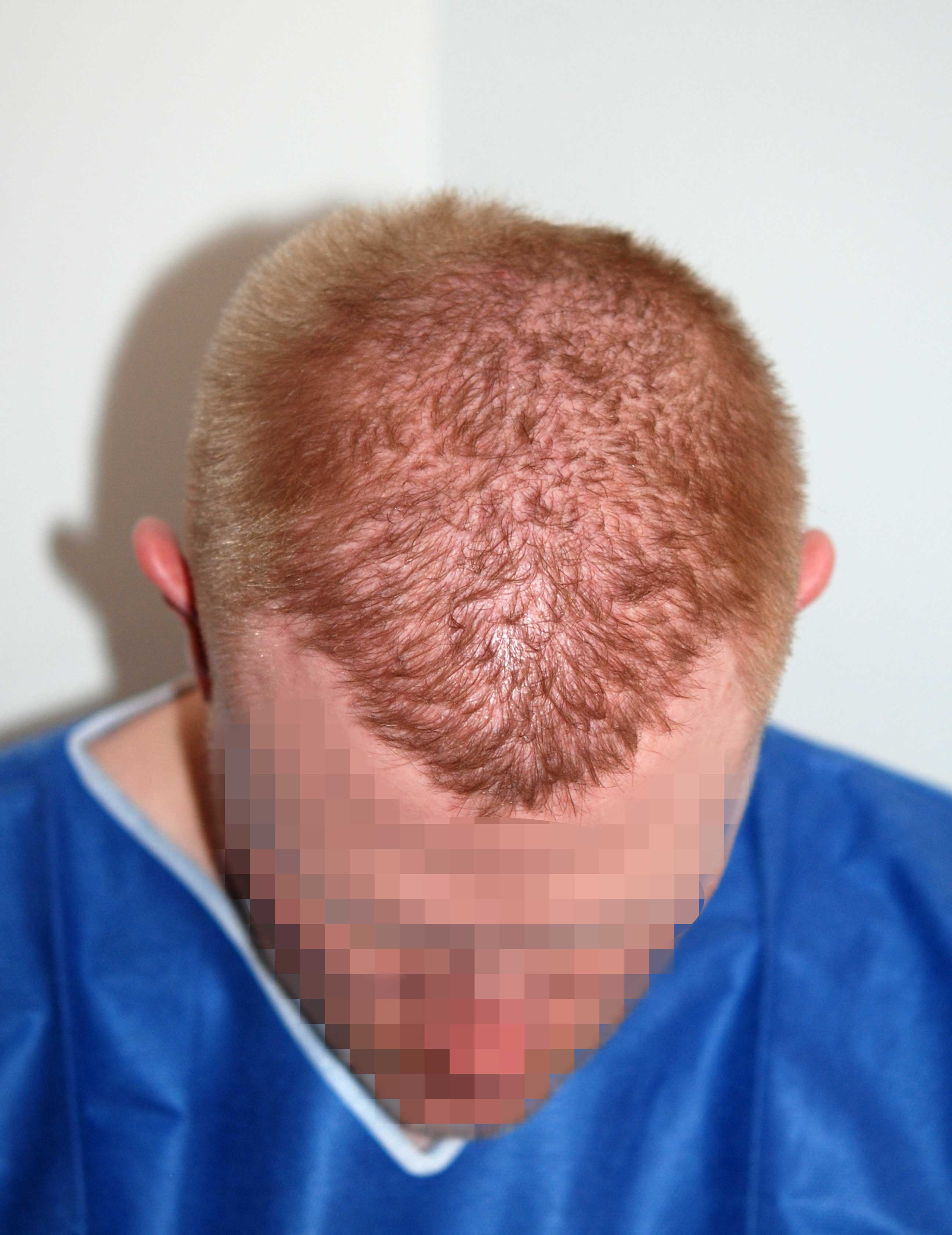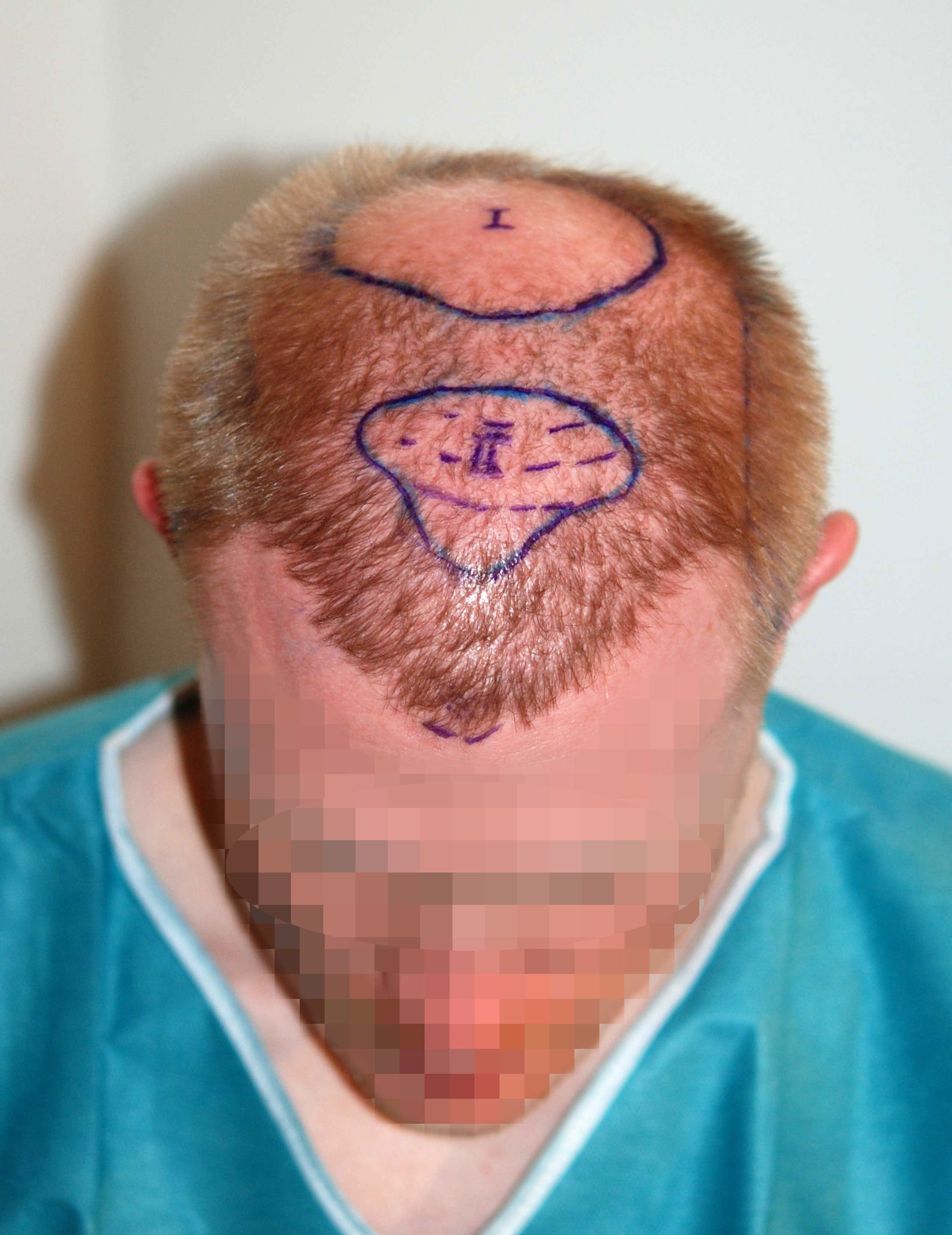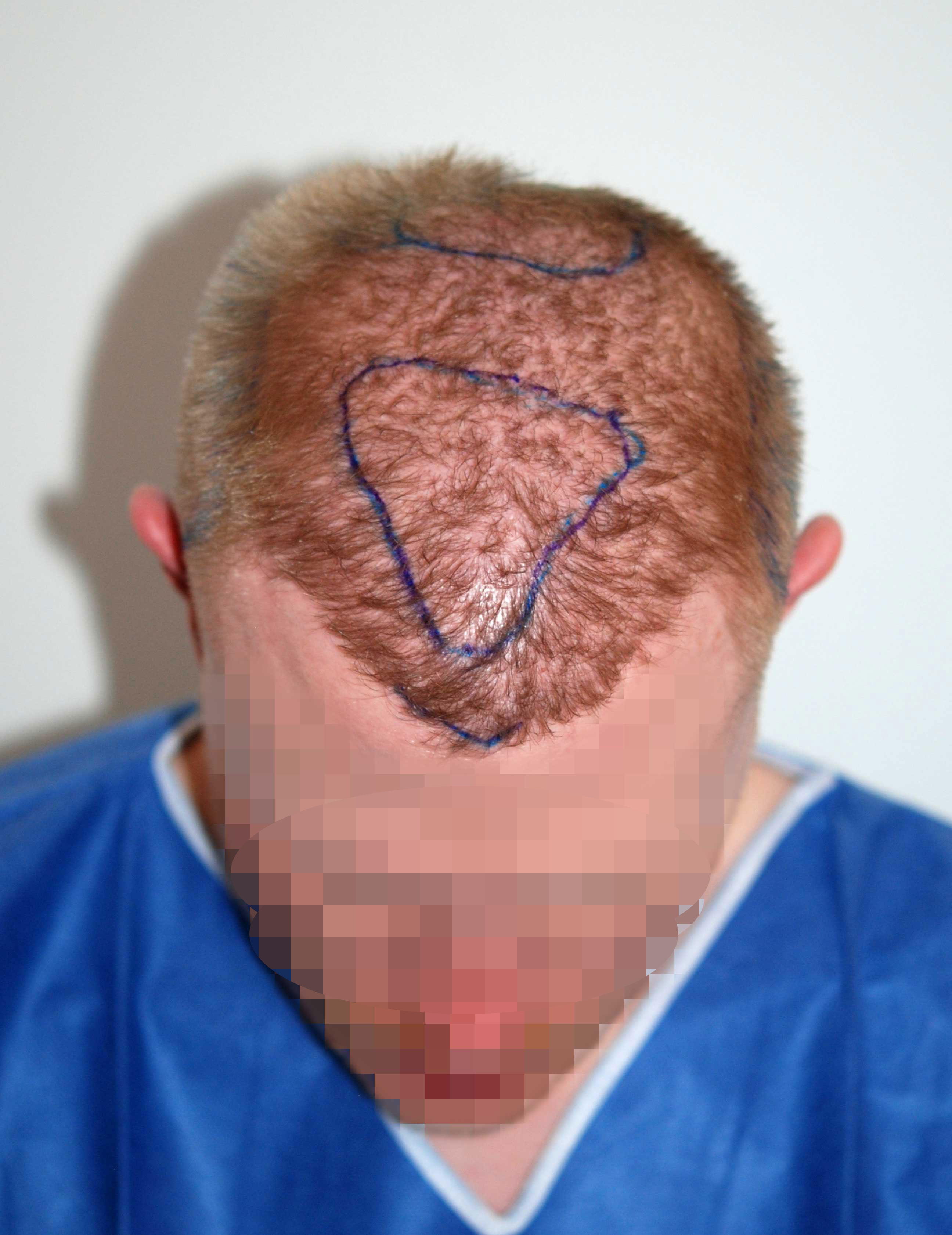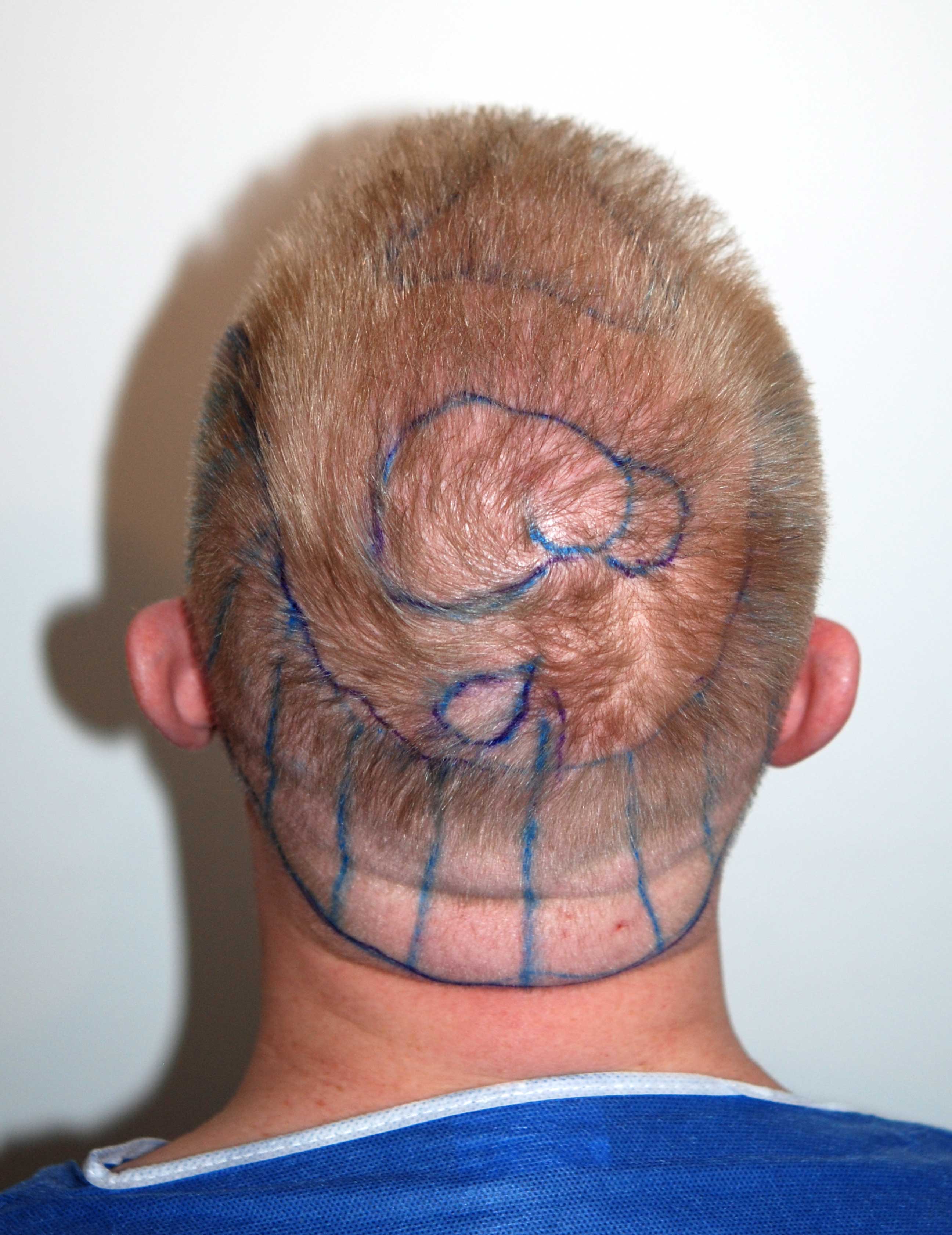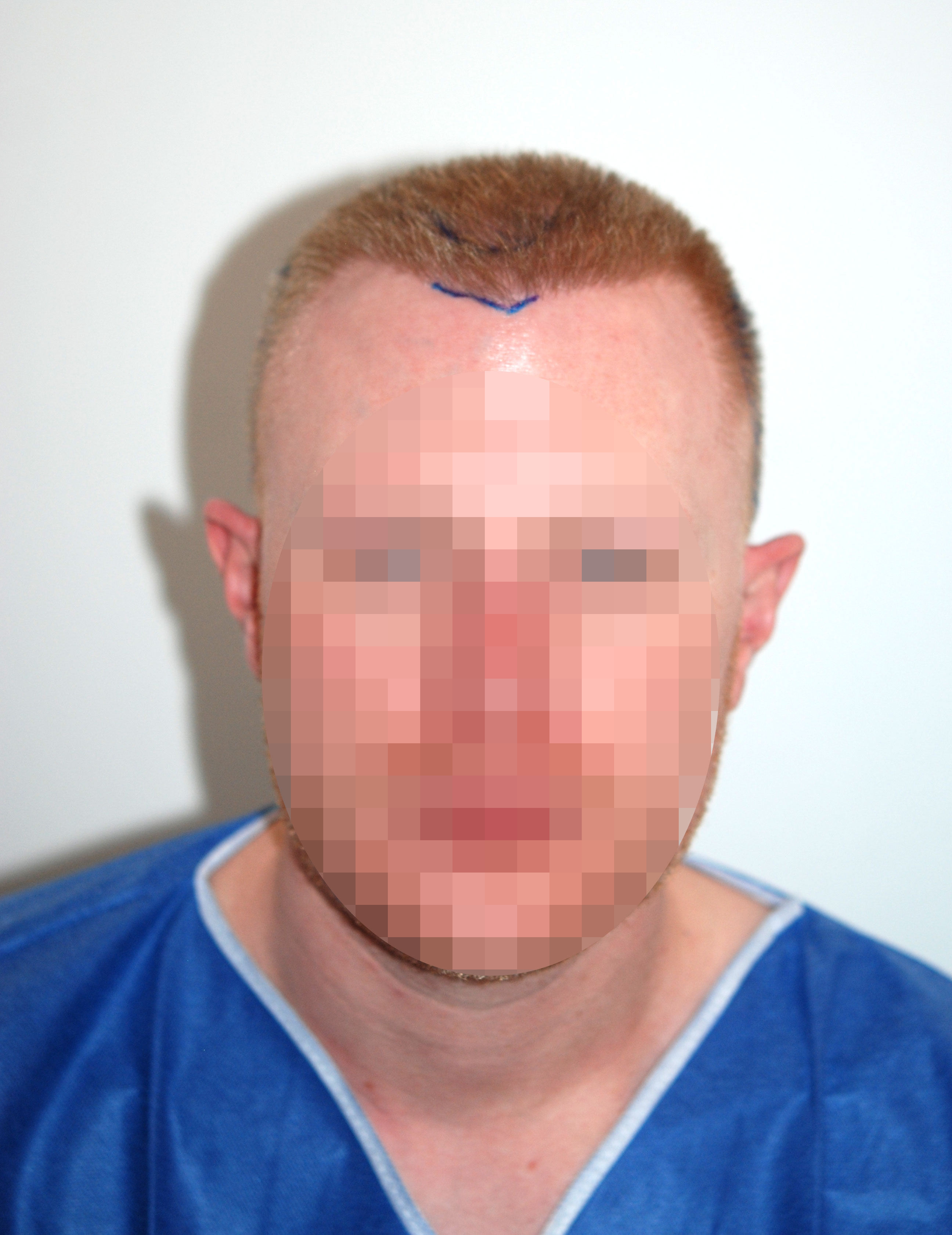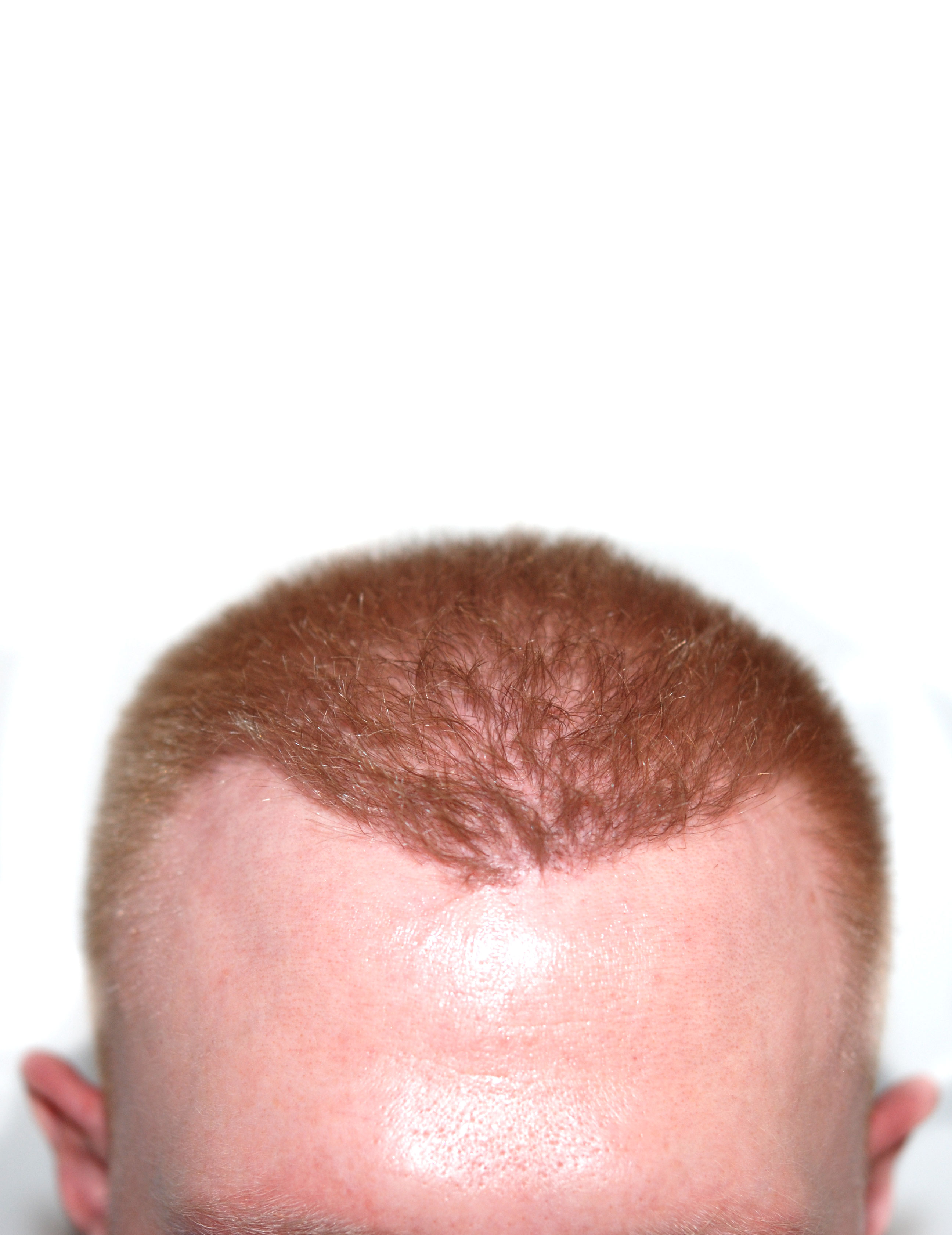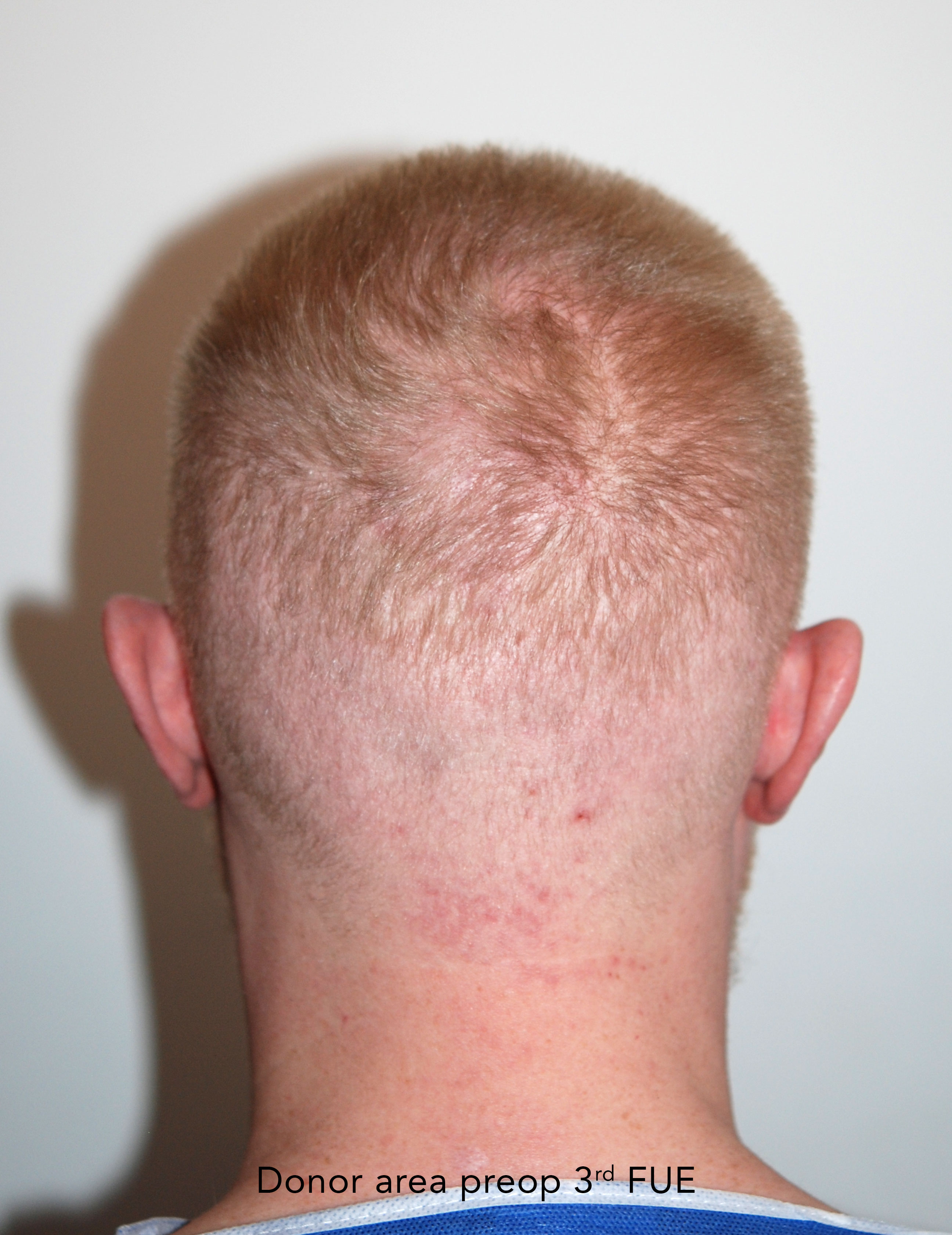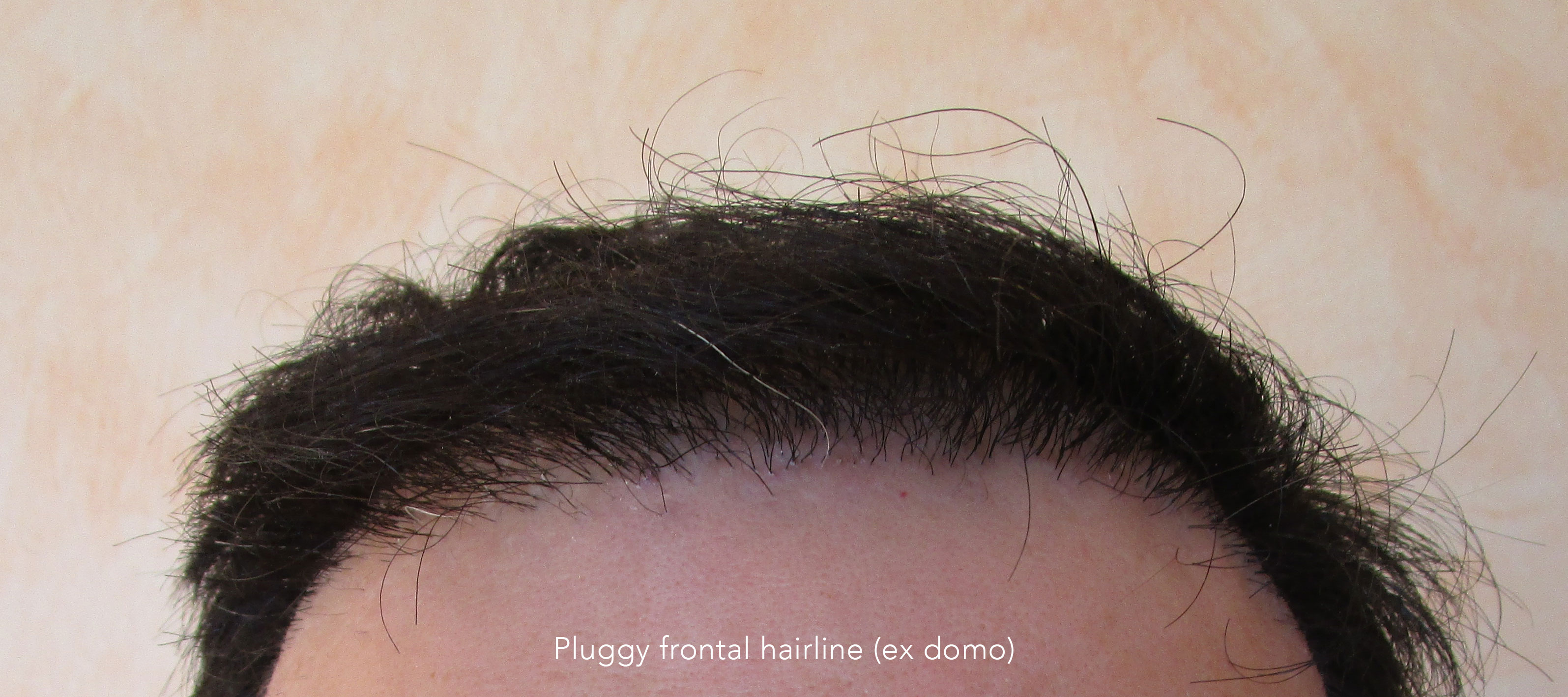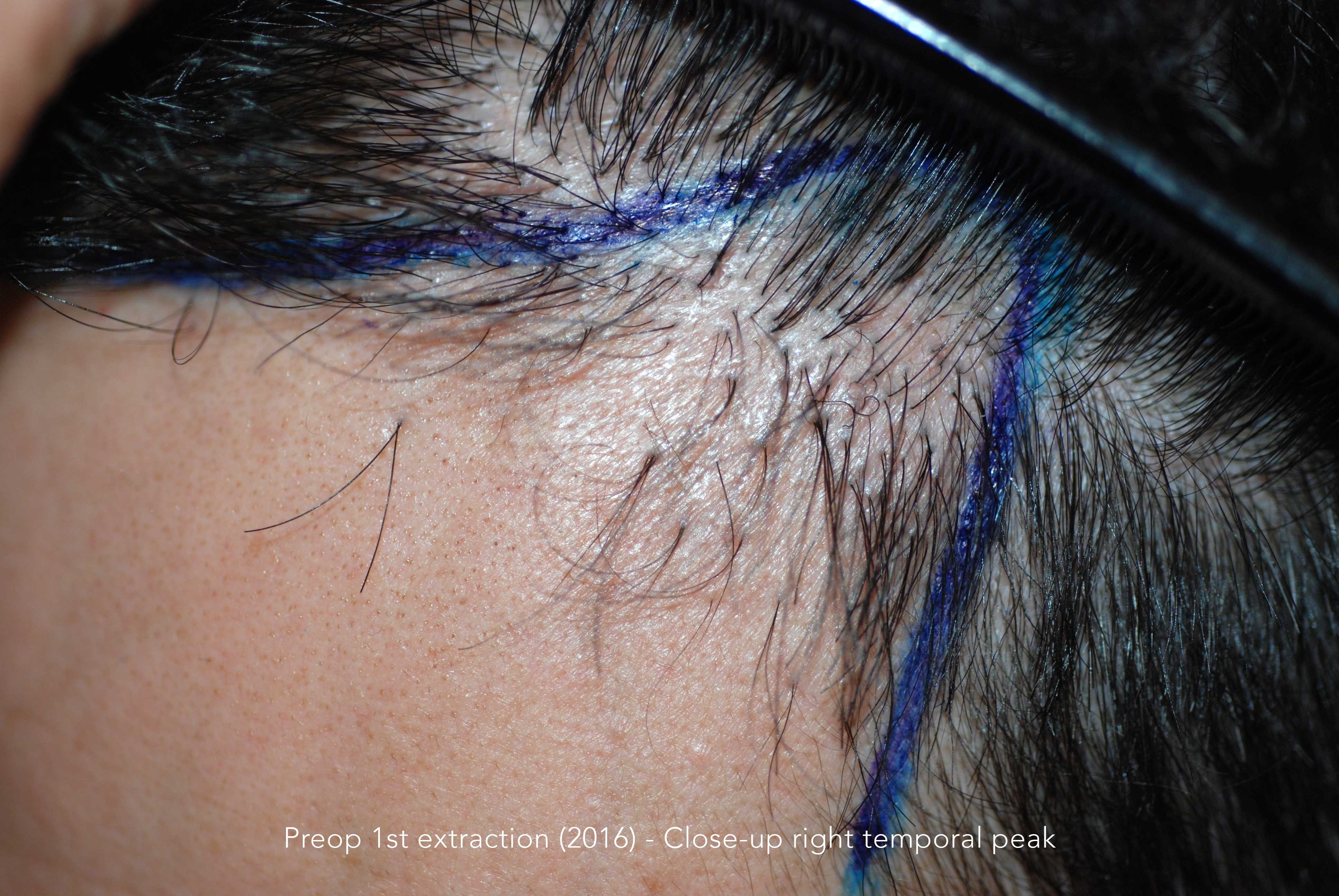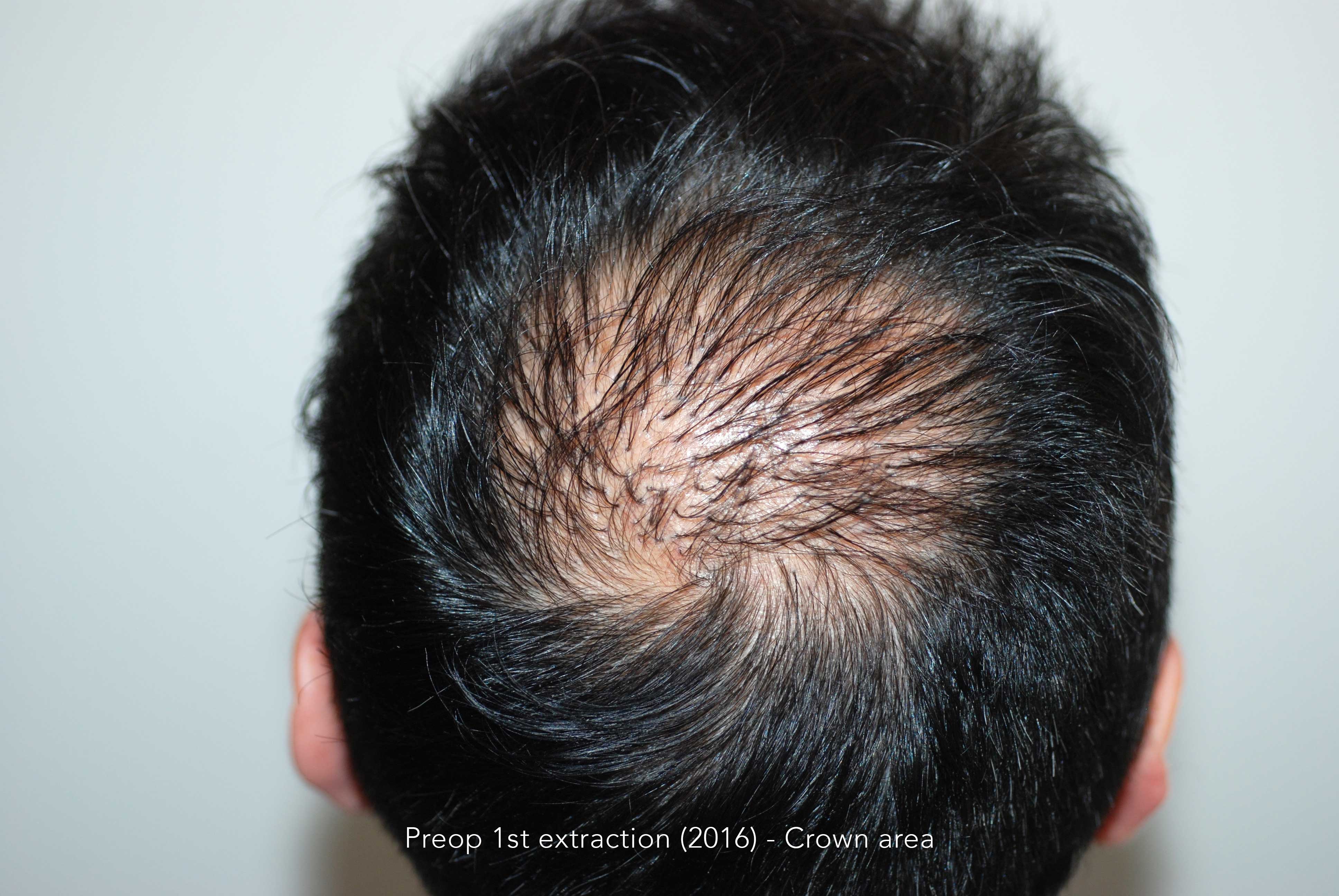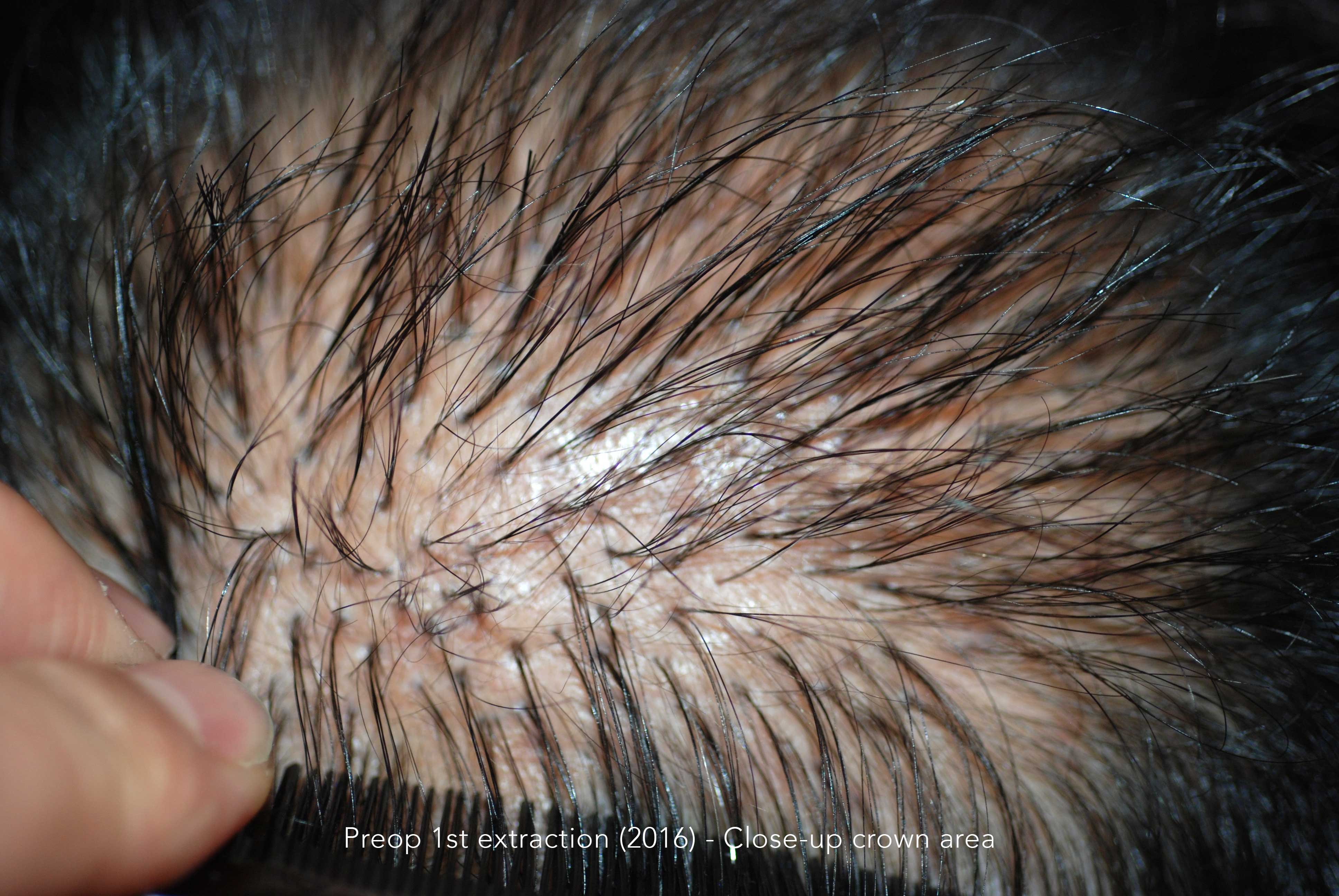Results reconstruction
Treating patients in the aftermath of an accident, radiotherapy or surgery
In the field of reconstructive hair surgery, major progress has been made over the last 15 years, with hair transplants looking increasingly natural. Hairless areas, the result of an accident, surgery, a burn (for example radiation damage caused by a tumour radiotherapy), or congenital asymmetry (bald patches), can be restored by hair transplantation using either the FUE or the FUT method.
Example of a reconstruction case of a male patient - Large burn scar and bald spot due to a gas explosion
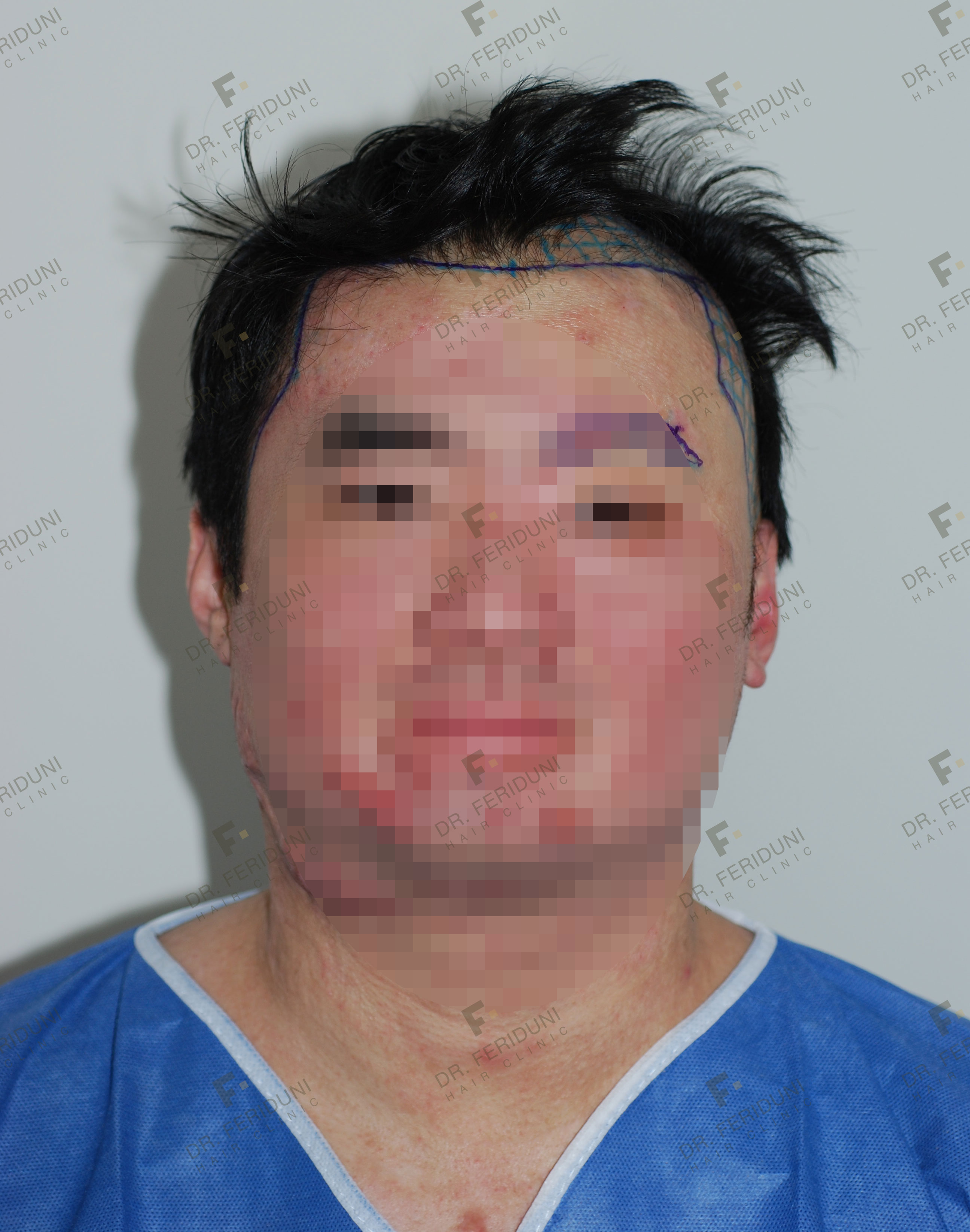
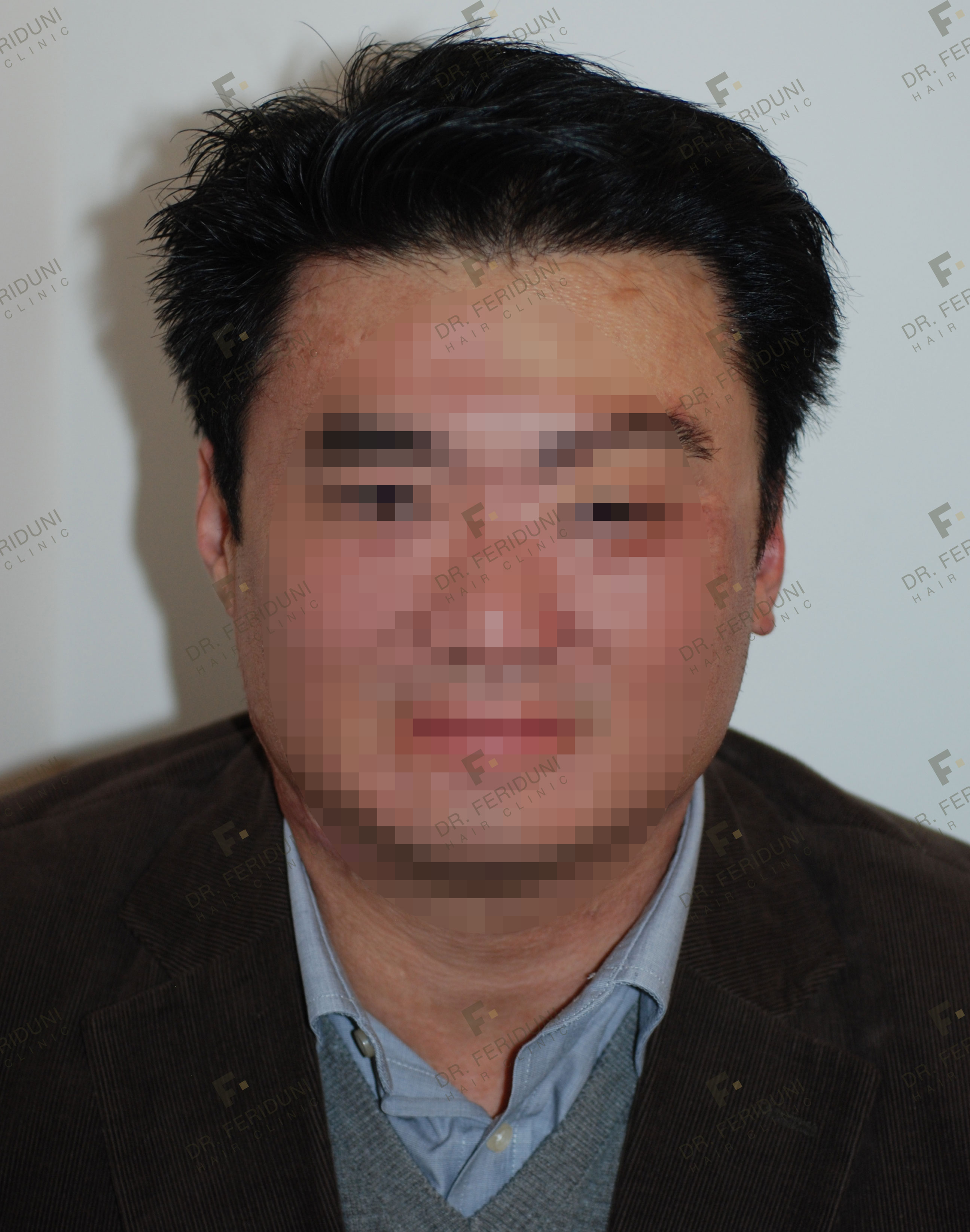
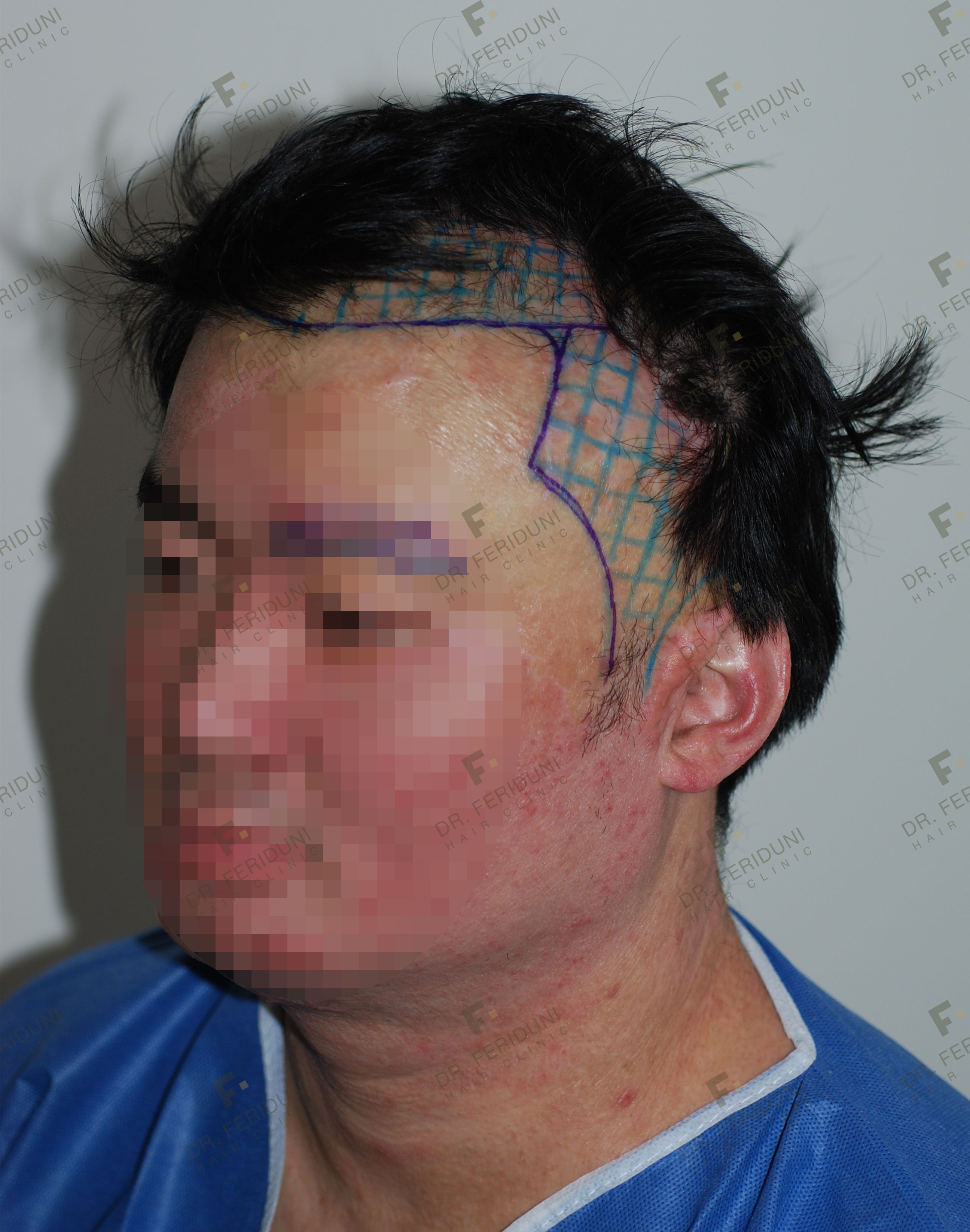
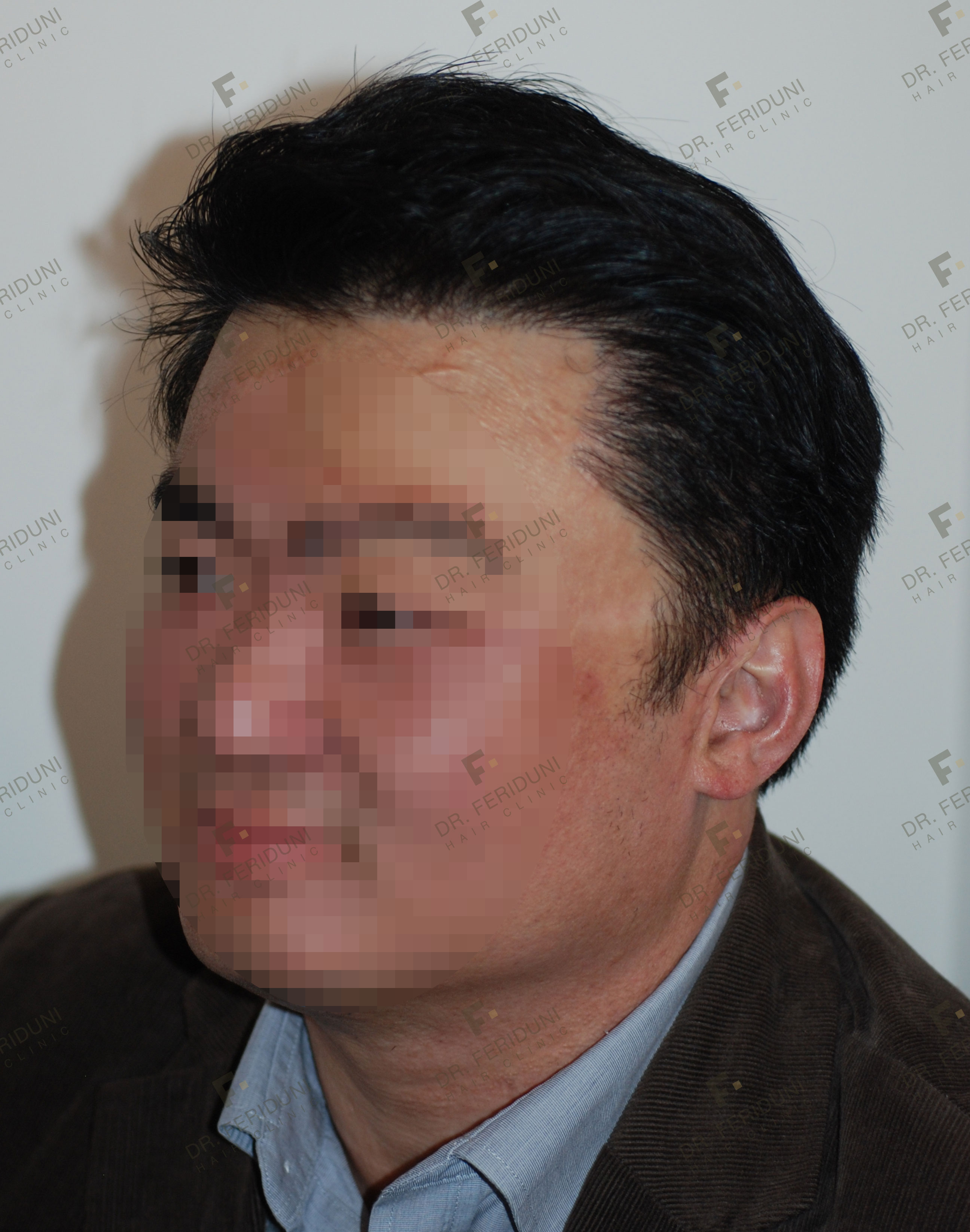
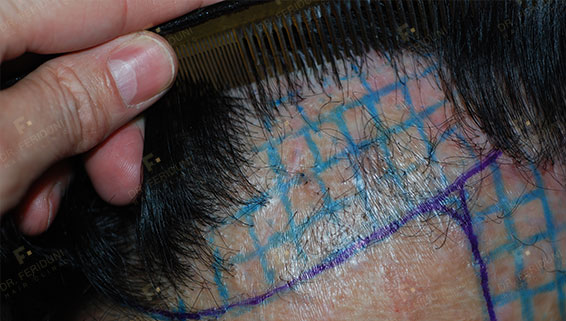

Example of a reconstruction case of a female patient - Permanent bald spot due to radiotherapy


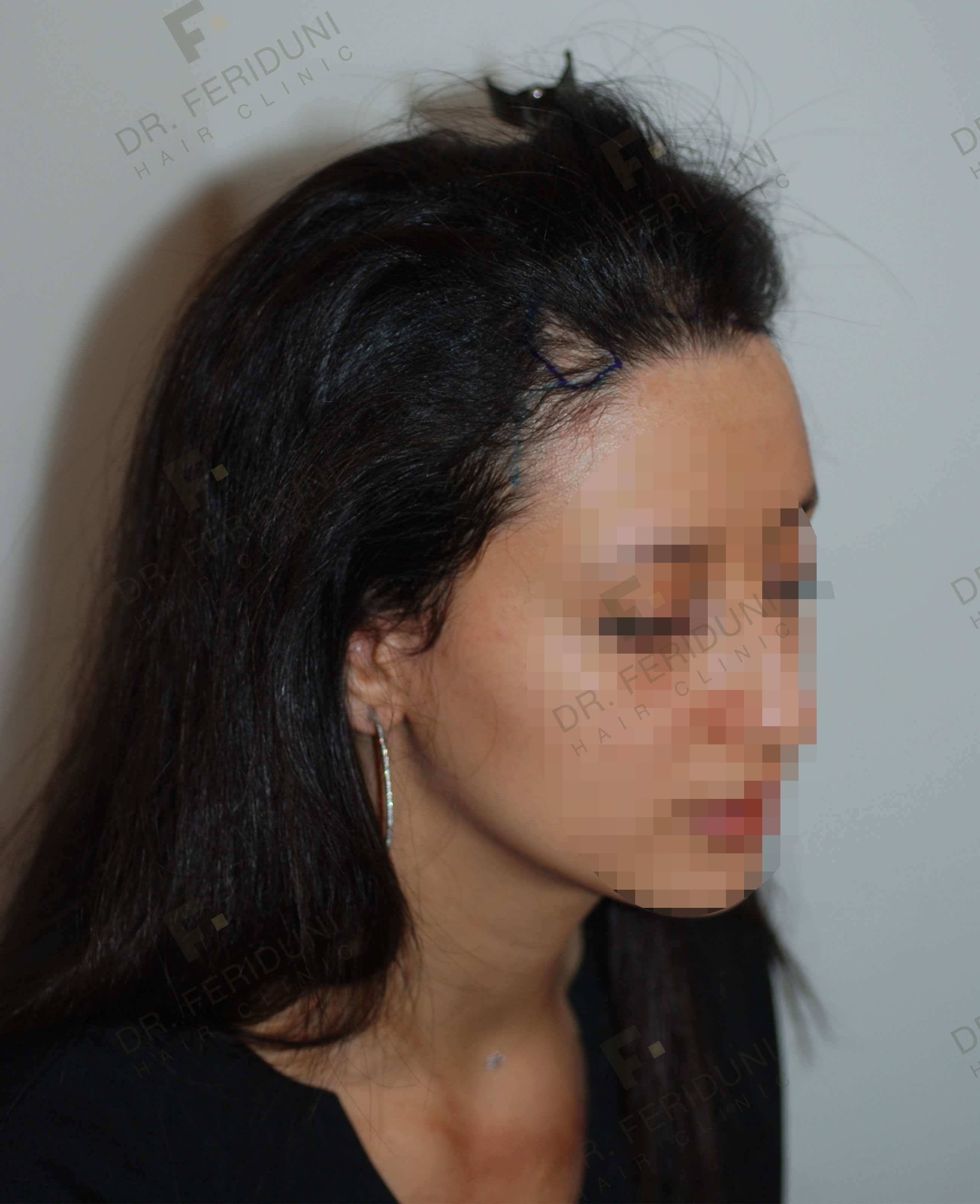
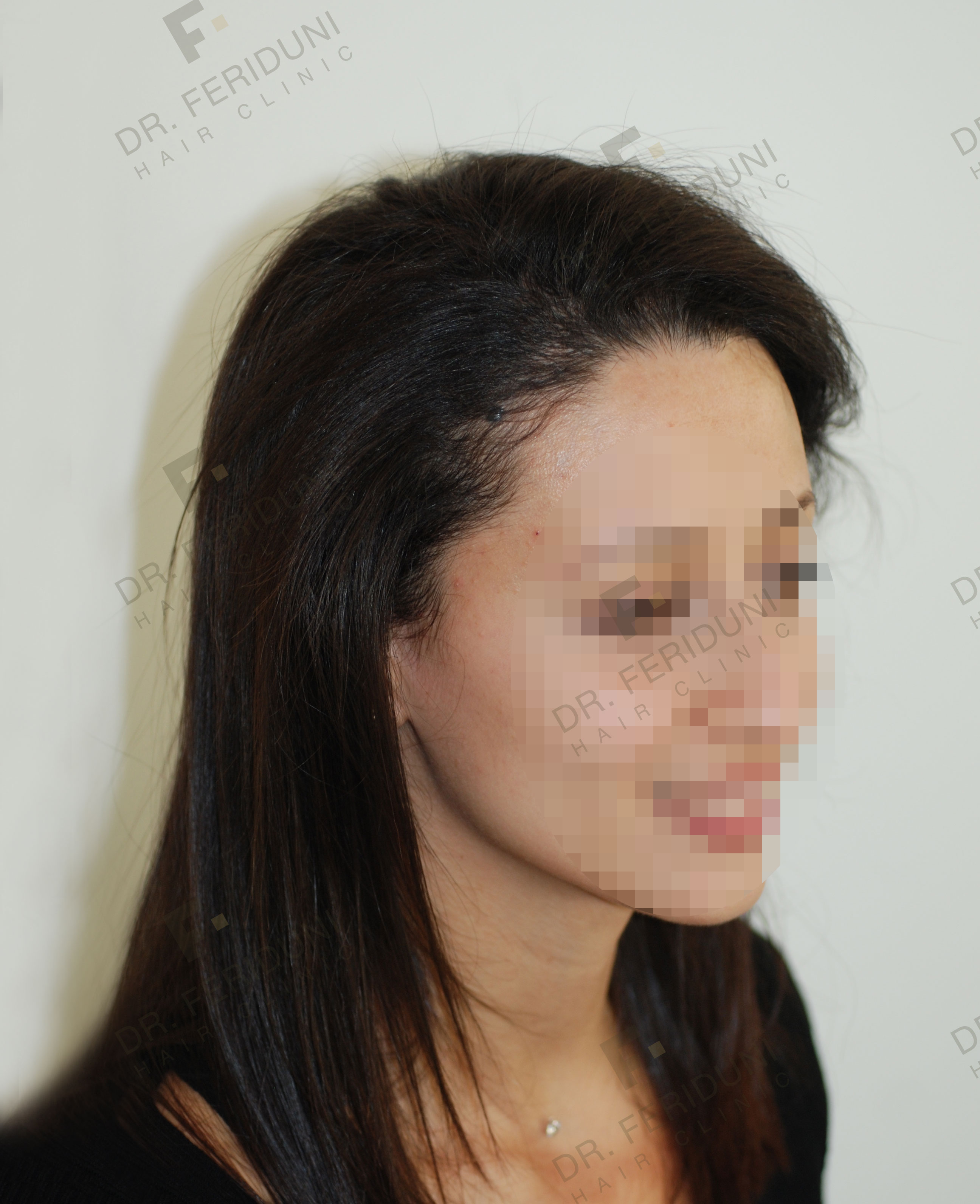
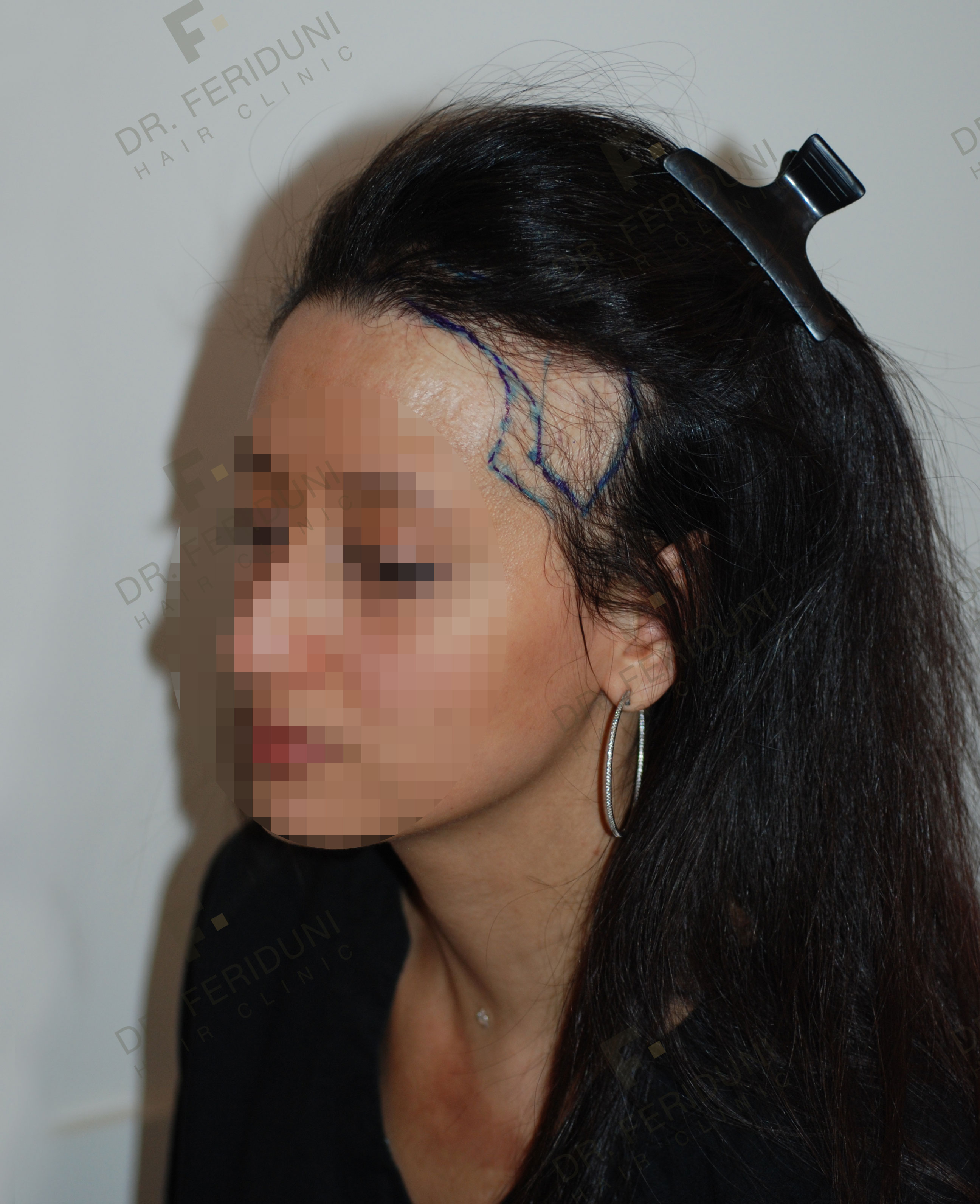


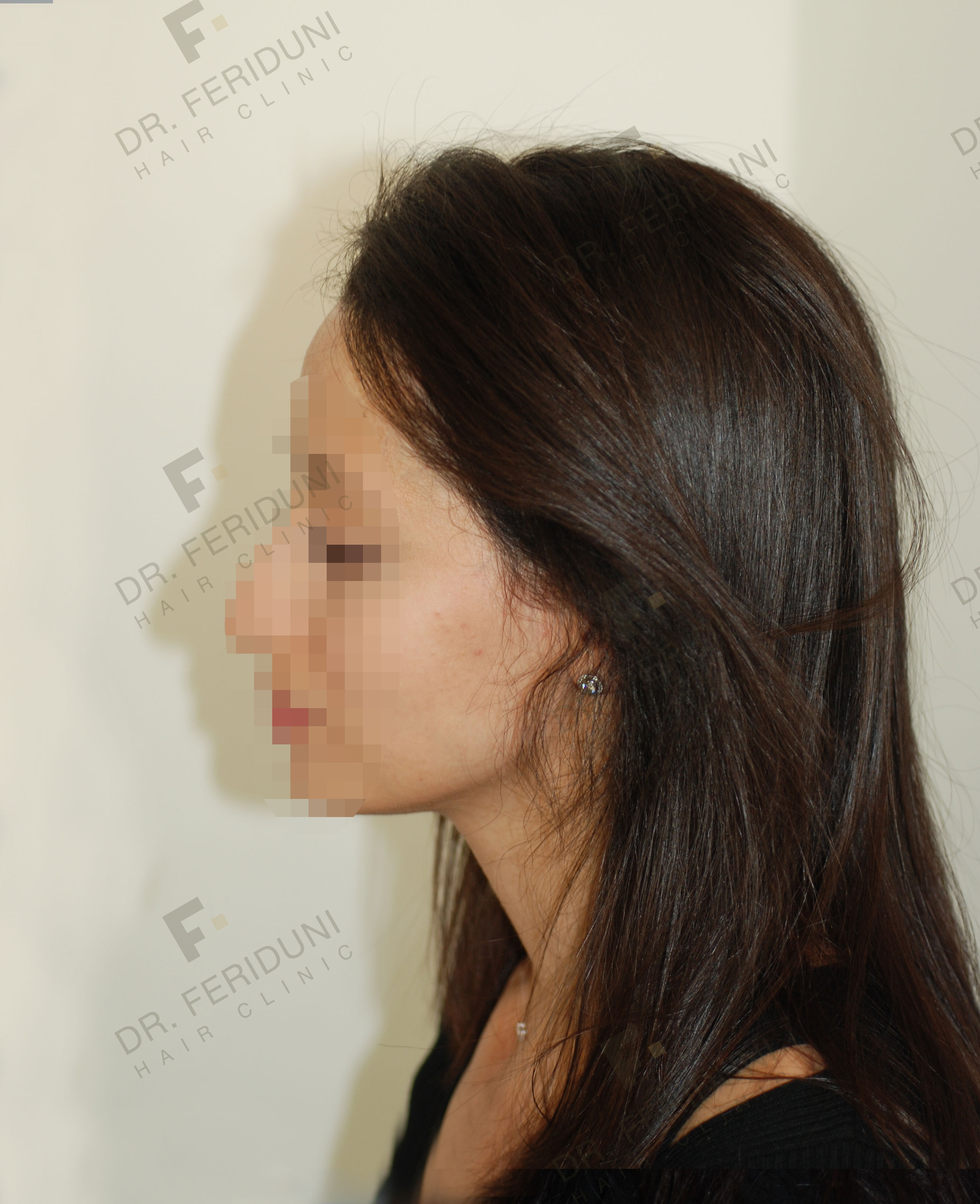
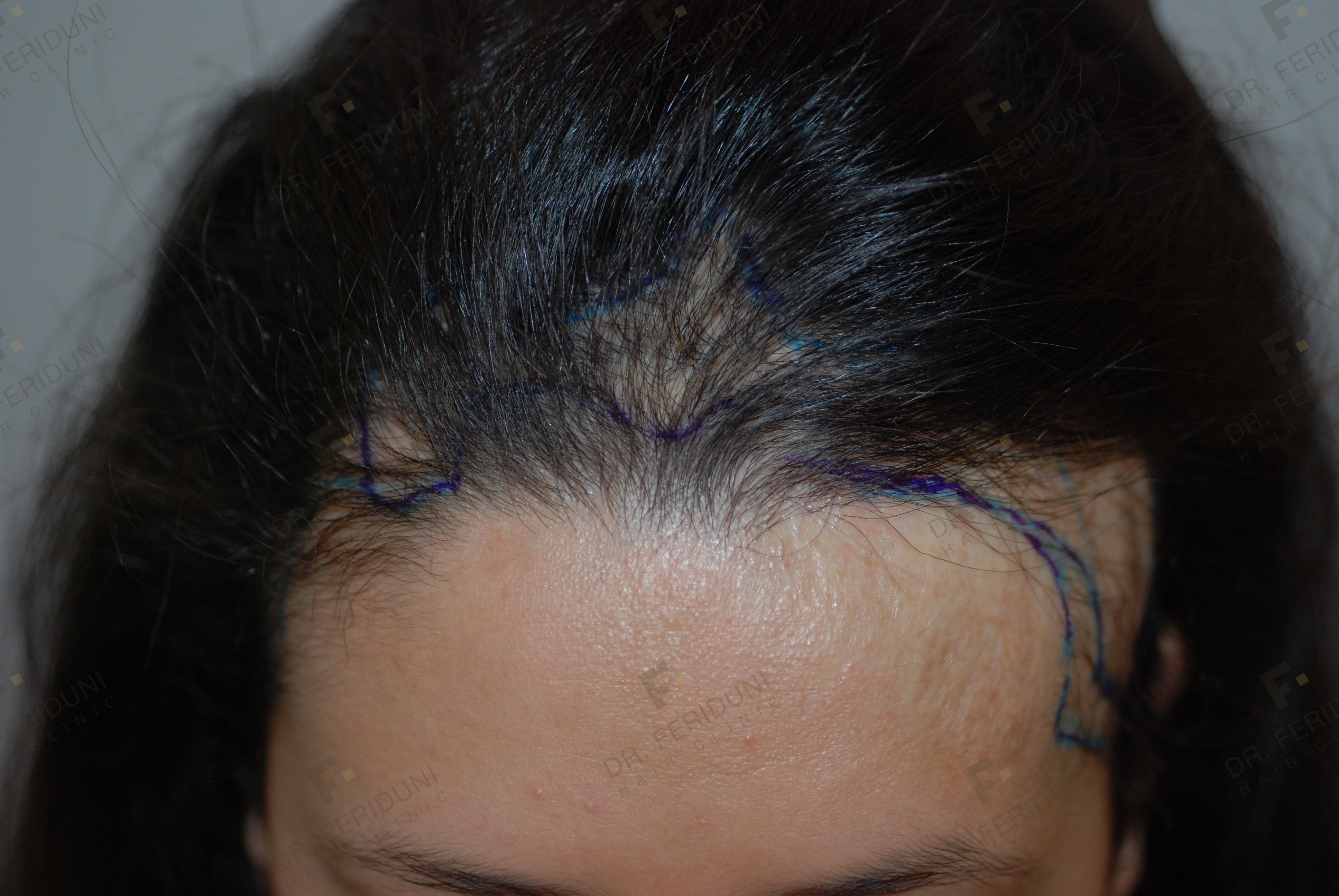
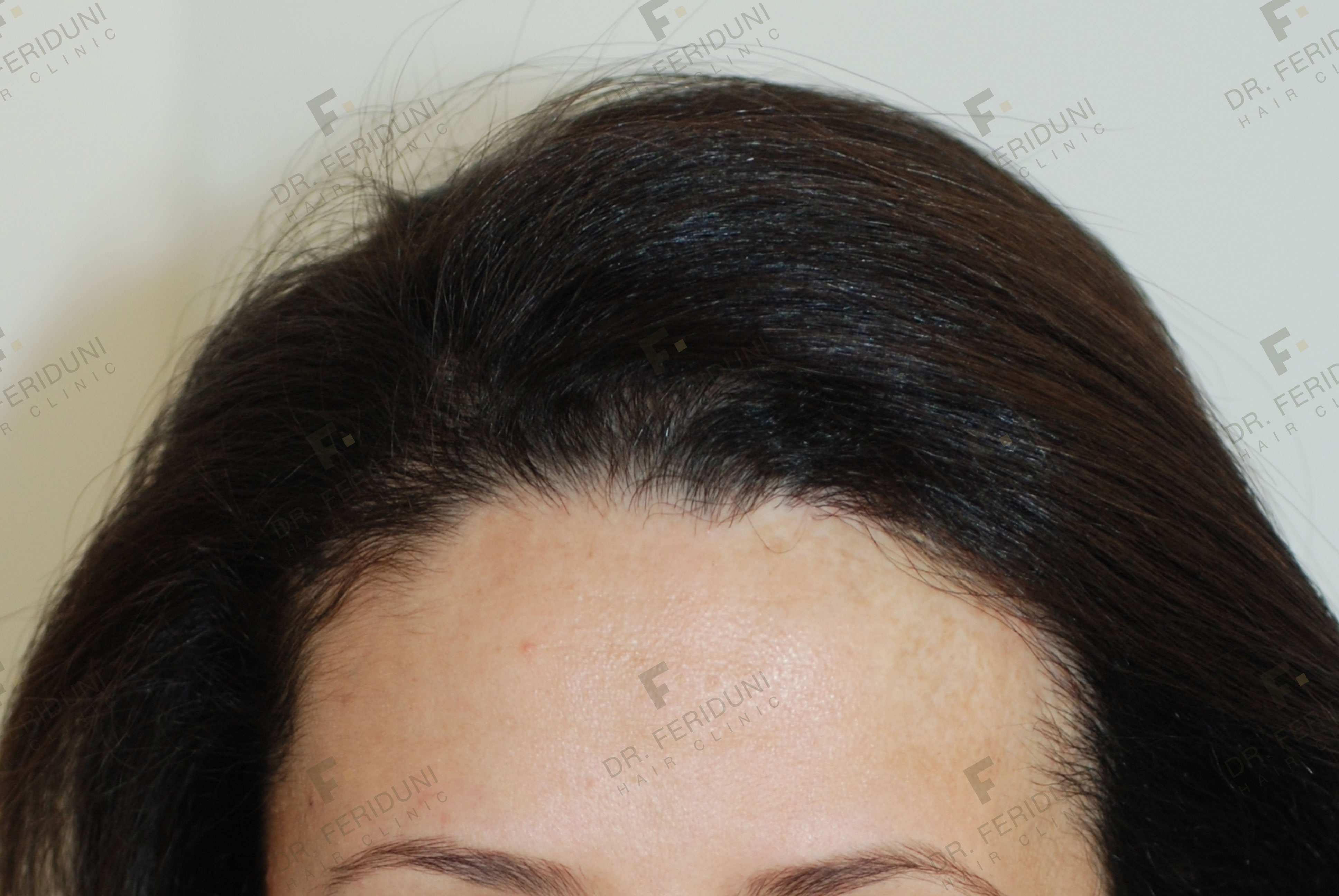

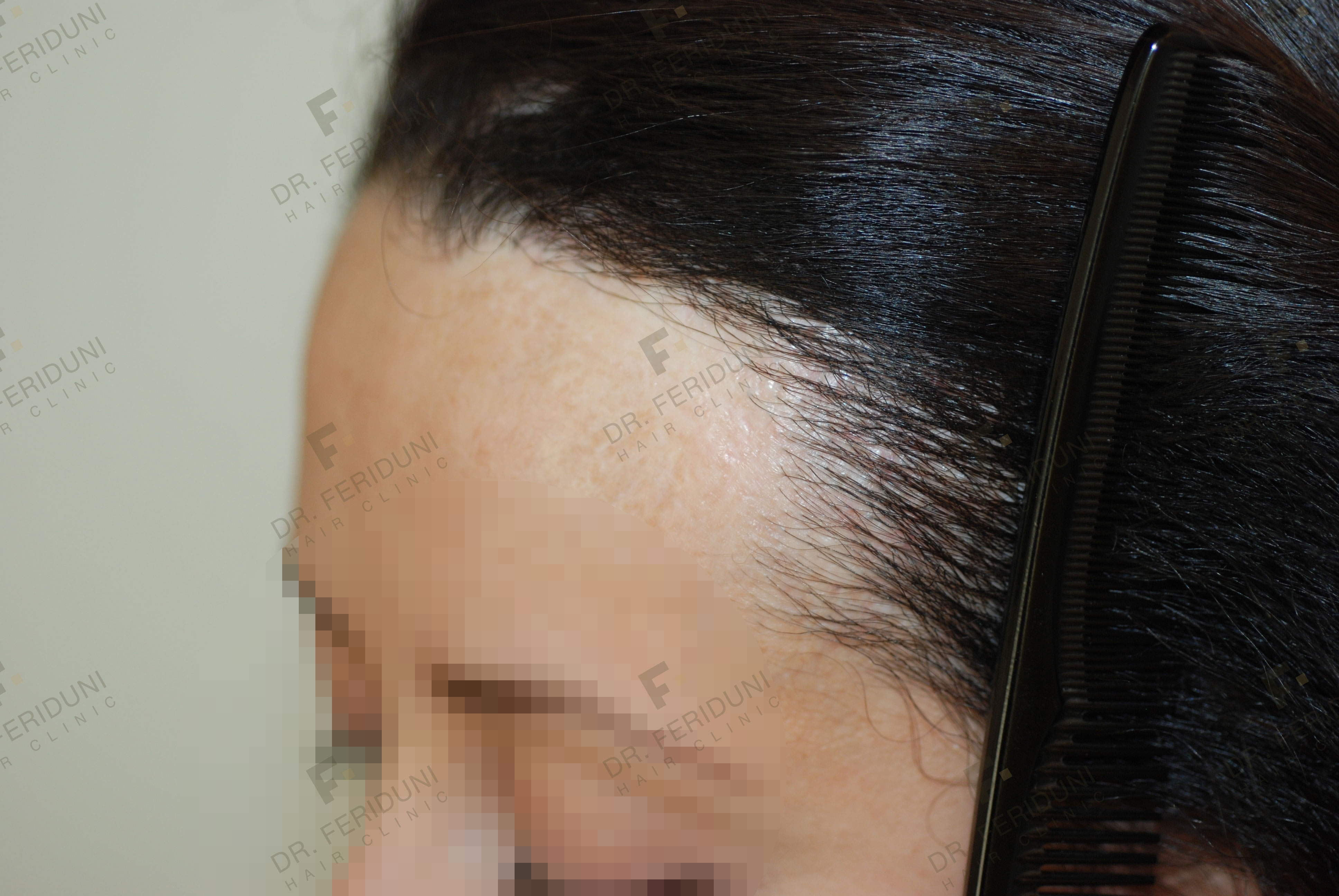
Scarred tissue
It makes no difference what type of hair is involved here - head hair, eyebrows, eyelashes, beards or pubic hair. A precise treatment recommendation is dependent on the structure of the skin area affected, as transplanted hair does not grow on scarred tissue as well as elsewhere on the body. Where treatment is performed by an expert, it can be generally said that 60% of transplanted hairs have a good chance of long-term survival, though the nature of the scarring needs also to be taken into account.
It makes no difference what type of hair is involved here - head hair, eyebrows, eyelashes, beards or pubic hair. A precise treatment recommendation is dependent on the structure of the skin area affected, as transplanted hair does not grow on scarred tissue as well as elsewhere on the body. Where treatment is performed by an expert, it can be generally said that 60% of transplanted hairs have a good chance of long-term survival, though the nature of the scarring needs also to be taken into account.

"The important thing about any such treatment involves not just making the patient look better but also making him / her feel better."
-
Choosing the right hair surgeon
A hair surgeon needs to possess a wide range of characteristics and abilities. These include utmost care, the right professional qualifications and knowledge of all hair restoration surgery techniques and methods, along with the right sense of the principles of aesthetics and harmony.
A reconstructive hair transplantation is therefore a treatment placing extremely high demands on Dr. Feriduni. It is not just a case of correcting scars or an unnatural appearance, but also of achieving a result looking completely natural. The team supporting the physician is also a crucial factor, for a hair surgeon's employees need not just to fully master the techniques used and have years of experience, but also need to be able to work for a period of 8 - 10 hours - the duration of a hair transplant - in full concentration and without making any mistakes. A well-established surgery team working flexibly as a team represents a key success factor for any hair transplant.
Another factor is membership of an internationally recognized association such as IAHRS; Members of this association are always experts in the field of corrective hair transplantation. Dr. Feriduni has already successfully performed hundreds of reconstructive hair transplants in his clinic and therefore has the necessary experience and know-how. -
Scar correction
Considering reconstructive hairtransplantation?
Contact us for more info
+32 11 299 790 or This email address is being protected from spambots. You need JavaScript enabled to view it.
+32 11 299 790 or This email address is being protected from spambots. You need JavaScript enabled to view it.

